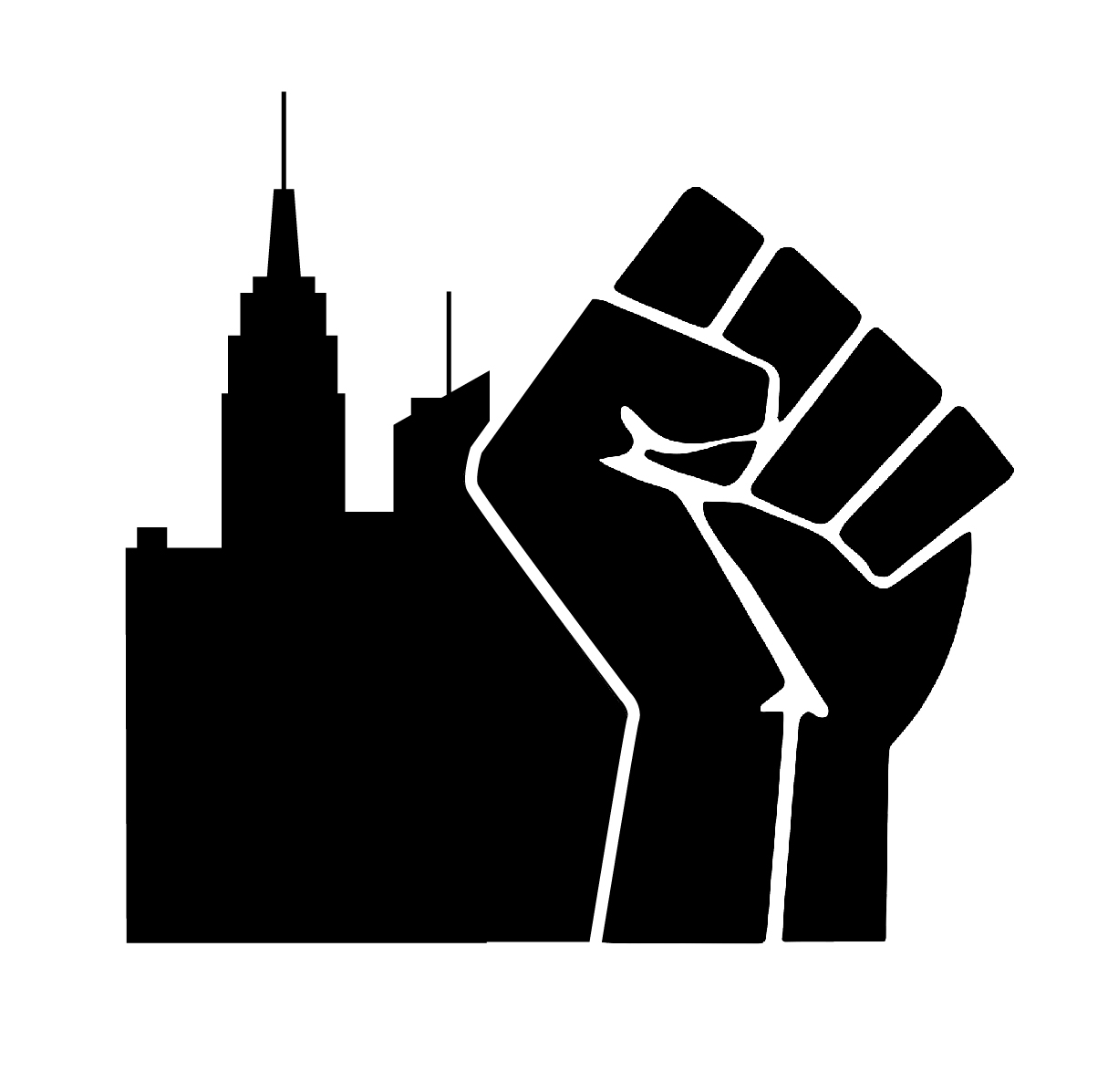You and your friends are on a cross-country road trip. You’ve mapped out all the places you want to stop and visit along the way. The only thing you haven’t done is pick the road trip music. So, you put it to a vote. Alex votes for pop. Bailey and Cameron vote for country. Dakota votes for rock, while you vote for its more modern counterpart, alternative. With the most votes, country is the winner.
There’s only one problem: you hate country music. In fact, Alex and Dakota hate it too. The three of you agree you would have preferred all the other genres. Had you all known country was likely to win, you would have compromised, voting for a genre that was more agreeable.
Unfortunately, elections like this do not take into account what a voter doesn’t want, only what a voter affirmatively votes for. This is the problem with elections like this, known as plurality voting or popular vote elections.
While plurality voting may initially seem most fair, it can lead to unfavorable results, particularly when more than two options appear on the ballot. For example, on that road trip, four genres were voted on, the winner receiving only forty percent of the vote. The way ballots are currently set up, we do not know how the other sixty percent of voters felt about country. They may have liked country music, just slightly less so than the genre they voted for, or, as we know here, they could hate country music and want it least compared to all the other options.
The only way to overcome this problem is to have a voting system that asks voters for more than what the voter most wants. Instead, a system that asks the voter what the voter most wants, what the voter least wants, and all the spots in between can easily overcome this problem.
After all the ballots are cast, election officials would tally up all the first preferences for each candidate. If one candidate receives fifty percent of the votes or more, that candidate is declared the winner. If no candidate receives fifty percent of the votes, election officials start a second round of tabulations, often referred to as a “knock-out” round.
In a “knock-out” round, the candidate with the lowest number of first preference votes is “knocked-out.” When a candidate is knocked out, the ballots cast for the lowest vote total are redistributed to the candidate listed as the second preference on the ballot. These second-place preferences, in essence, become the new first preference.
After, the votes are again tallied. This process repeats until one candidate receives at least fifty percent of the vote, marking that candidate as the victor.
RCV elections, simply put, are fairer. They grant voter’s a louder voice in the political process, allowing voters to not merely vote for who they most want to win, but also express an opinion about other candidate they like, and which ones they do not. This allows for more favorable, less polarizing election winners.
Imagine an election with three candidates: one conservative, one liberal, and one moderate. In a popular vote election, conservative voters would likely vote for the conservative candidate, liberal voters would likely vote for the liberal candidate, and moderate voters would likely vote for the moderate candidate. If these voting groups are relatively even, it is unlikely a candidate will receive at least half the votes.
However, if these groups were asked to rank their preferences, it is likely that conservative voters would rank the conservative candidate first, the moderate second, and the liberal third; that liberal voters would do the inverse; and that moderate voters would rank the moderate candidate first, and their second and third preference would vary. This is because the moderate candidate would likely serve as a compromise between the right and left wings.
Ranking candidates in such a manner can help quell political polarization. Political polarization continues to increase in the US, with Donald Trump being the most polarizing president in recent history. This polarization slows down governmental progress, preventing bills from passing and slowing debate on the House and Senate floor. The changes that are implemented are often vastly unpopular, such as efforts to construct a border wall and immigrant family separation policy. Both of these policies did not receive the support of the majority of the public. RCV allows voters to express their preference for each candidate and requires that any candidate receive the support of at least fifty percent of voters to declare victory, thereby preventing polarizing, unpopular leaders from winning elections. Without polarizing, unpopular leaders winning elections, their polarizing, unpopular policy plans cannot be implemented.
As country music is to the majority of your road trip group, a conservative candidate is to liberal voters. So too, as country music is to the majority of your road trip group, a liberal candidate is to conservative voters. To both conservative and liberal voting groups, rock, pop, or alternative are the more moderate, agreeable candidates. While these genres may not be these conservative or liberal voters’ first preference, these genres are at least something a majority of voters would want as a second or third choice.
Asking voters more questions than who they most want to win an election gives all participants a greater say in the political process. This ensures that more than half the voters, at least a true majority of voters, is represented by their elected leader. And most importantly, this ensures that more voters will be happy with the outcome of an election.

